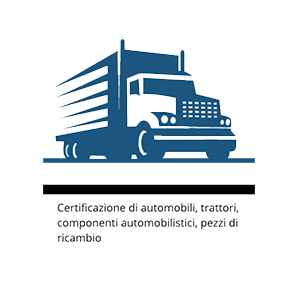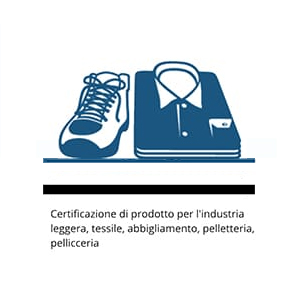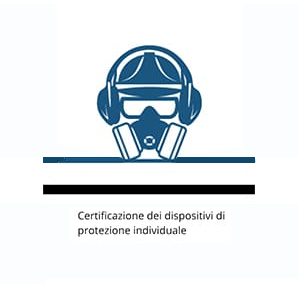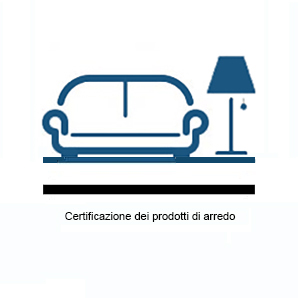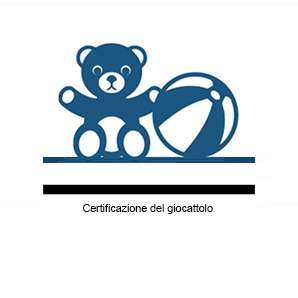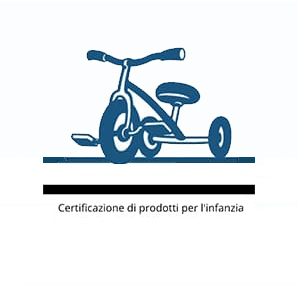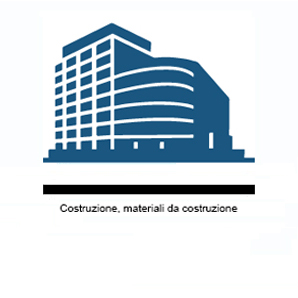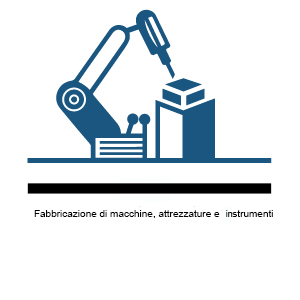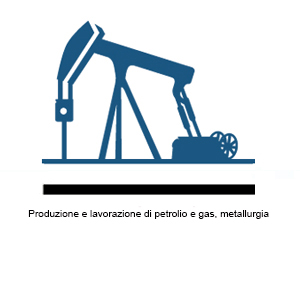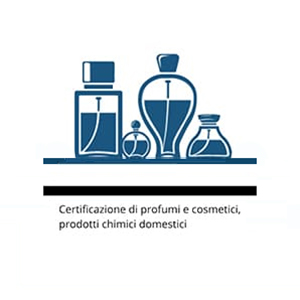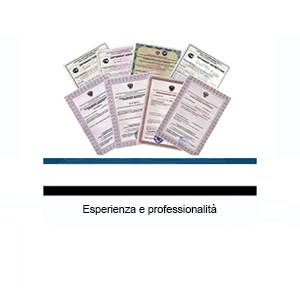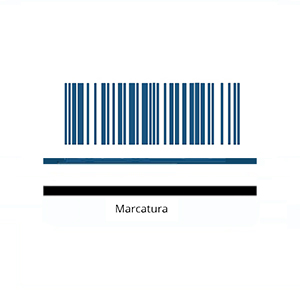ISO 22000 certification
ISO 22000 Management Systems Certification: safety management along every link in the supply chain
Due to the Coronavirus emergency, the transition period for the transition of accredited certifications from ISO 22000: 2005 to ISO 22000: 2018 has been extended by IAF (International Accreditation Forum) to December 29, 2021.
UNI EN ISO 22000 'Management systems for food safety - Requirements for any organization in the food supply chain' is a voluntary standard that aims to harmonize the needs of a business organization aimed at food safety on a global level. It allows any company, large or small, with a more or less developed management, to aim for a food safety management system that is more focused, coherent and integrated with its own reality, than what has already been implemented by them. companies to comply with current legislation. The ISO 22000 standard has the great merit of integrating and harmonizing the safety management approach along the entire food chain at an international level. ISO 22000 certification allows companies to demonstrate constant commitment to food safety management and earn consumer trust.
The ISO 22000 standard
The standard was developed by an ISO technical commission in cooperation with food industry experts, the Codex Alimentarius, FAO and the World Health Organization. The standard has a very broad field of application as all those involved in the food supply chain can adhere to it: the main merit of this document is having been able to organize different philosophies of hygiene risk management and therefore represents a valid tool for companies that wish to implement a system aimed at the management of hygiene problems. The ISO 22000 standard focuses on the 4 key elements described below:
The standard specifies the requirements for a food safety management system (FSMS) to allow an organization directly or indirectly involved in the food chain to:
- plan, implement, operate, maintain and update an FSMS to provide safe products and services in accordance with their intended use;
- demonstrate compliance with applicable legislative and regulatory requirements for food safety;
- examine and evaluate the food safety requirements mutually agreed with the customer and demonstrate compliance with them;
- effectively communicate food safety issues to interested parties within the food chain;
- ensure that the organization complies with its declared food safety policy;
- demonstrate such compliance to interested parties.
Although it can be applied alone, ISO 22000 is fully compatible with ISO 9001: 2000. Furthermore, the numerous aspects in common with the ISO 22005 standard make it possible to carry out joint audits, saving time and resources.
What's new in ISO 22000: 2018
The certification service against ISO 22301 consists in verifying the adequacy of the Management System with particular reference to the following elements: methods of identifying the phenomena that may affect the business, analysis of the consequent risks in the assessment of the relative impacts, definition systems for monitoring and managing activities, development of plans and programs aimed at minimizing impacts, development of procedures aimed at managing emergency situations. The certification of the business continuity management system allows to:
- The new high-level ISO structure (HLS), common to all new standards for management systems. This reorganization of the standard therefore makes it possible to facilitate the integration of the new ISO 22000 with standards such as ISO 9001 (Quality Management System), ISO 14001 (Environmental Management System) and even more specific standards such as ISO 45001 (Management System for Health and Safety in the Workplace)
- The risk-based approach, also common to other standards, which once again places the concept of risk at the center of attention, which is absolutely vital for food businesses. The objective of the standard is to distinguish between the risk at the operational level (through the Hazard Analysis Critical Control Point, HACCP approach) and the risk at the strategic level of the management system, which is configured as business risk
- Two different Plan-Do-Check-Act (PDCA) cycles that are distinct and different but operating one inside the other. The first applies to the management system as a whole, while the second, incorporated within it, deals with the operations described in Clause 8, also covering the HACCP principles defined by the Commission's Codex Alimentarius
- More in-depth explanation of the key concepts of Critical Control Points and Operational Prerequisite Programs.
The advantages of ISO 22000 certification
The ISO 22000 standard allows all companies involved in the food supply chain, directly or indirectly, to accurately identify the risks to which they are exposed and to manage them effectively. Certification according to ISO 22000 also allows you to:
- Comply with an internationally recognized and certifiable standard
- Acquire a method that allows you to organize different risk management philosophies by shifting the company's attention to a systemic approach based on preventive control rather than subsequent product verification
- Organize and finalize the communication system between the various business partners
- Optimize resources both within individual companies and throughout the food chain
- Preventing the occurrence of accidents along the entire supply chain and verifying the adequacy with respect to the regulations are two essential aspects for the protection of the brand.
